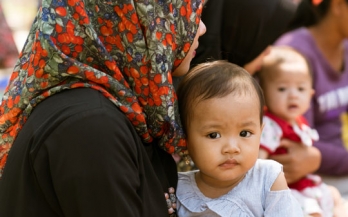

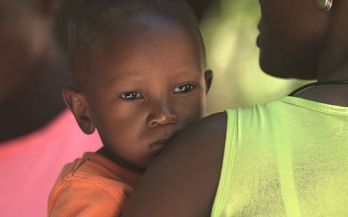
Comprehensive Nutrient Gap Assessment (CONGA): Zimbawe, Kenya, Rwanda
A method called Comprehensive Nutrient Gap Assessment (CONGA) was developed to fill this information gap. This approach provides guidance on how to use various types of evidence to assess the public health significance of nutrient gaps in a given population and the best food sources of those nutrients.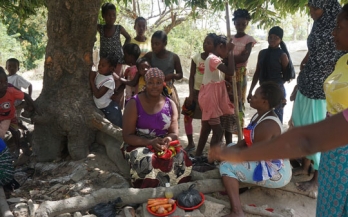
GAIN Working Paper Series 19 - Nourishing heroinas in Mozambique: understanding, designing with, and tailoring nutritional interventions to adolescent girls
Adolescence is a time of rapid physical, cognitive, social, and emotional development that sets the foundation for health and provides an opportunity to improve life chances. Mozambique has a large and growing population of young people, but their health and social indicators are poor, especially for girls.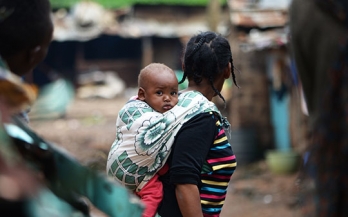
GAIN Briefing Paper Series 4 - Nutrient shortfalls in young children's diets and the role of affordability
For millions of children in Eastern and Southern Africa and South Asia, current diets do not contain enough nutrients for proper growth and development. This is a tragedy. New evidence has recently been published that sheds light on the nutrient gaps experienced by young children in 14 countries in these regions and examines which foods might be affordably used to fill them. This briefing paper highlights the key findings from this research.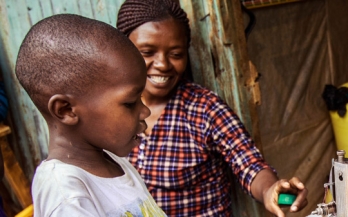
GAIN at GHTechX 2021
Online Webinar, Global
Good nutrition is critical for achieving and maintaining a healthy life. For infants and young children, high-quality diets serve as the foundation for growth, physical and mental development, and protection from disease.
GAIN Working Paper Series 18 - Raising the profile of adolescent nutrition in Pakistan - Learnings on the journey from policy to action
Pakistan’s adolescent population (circa. 40 million people) is experiencing a double burden of malnutrition, with 21% of boys and 12% of girls underweight and 18% of boys and 17% of girls overweight or obese. This merits a call to action to prioritise public funding and programming to address the determinants of adolescent malnutrition.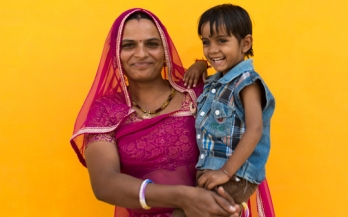
Unaffordability drives hidden hunger with lasting impact
GAIN in partnership with UNICEF is releasing a journal supplement in Nutrition Reviews, titled "Assessing nutrient gaps and affordability of complementary foods." Additionally, 18 accompanying country briefs will be published, half of which will focus on nutrient gaps and the other half on affordability.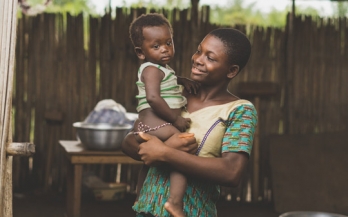
Affordability of nutritious foods for complementary feeding
These briefs are part of a series on affordability of nutritious foods for complementary feeding by GAIN and UNICEF conducted in selected countries in Eastern and Southern Africa and South Asia as part of the UNICEF-BMGF Regional Initiatives for Sustained Improvements in Nutrition and Growth (RISING).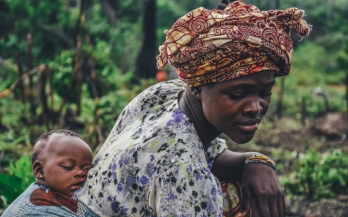
Comprehensive Nutrient Gap Assessment (CONGA): Micronutrient gaps during the complementary feeding period
These briefs are part of a series on complementary feeding gaps by GAIN and UNICEF conducted in selected countries in Eastern and Southern Africa and South Asia as part of the UNICEF-BMGF Regional Initiatives for Sustained Improvements in Nutrition and Growth (RISING).